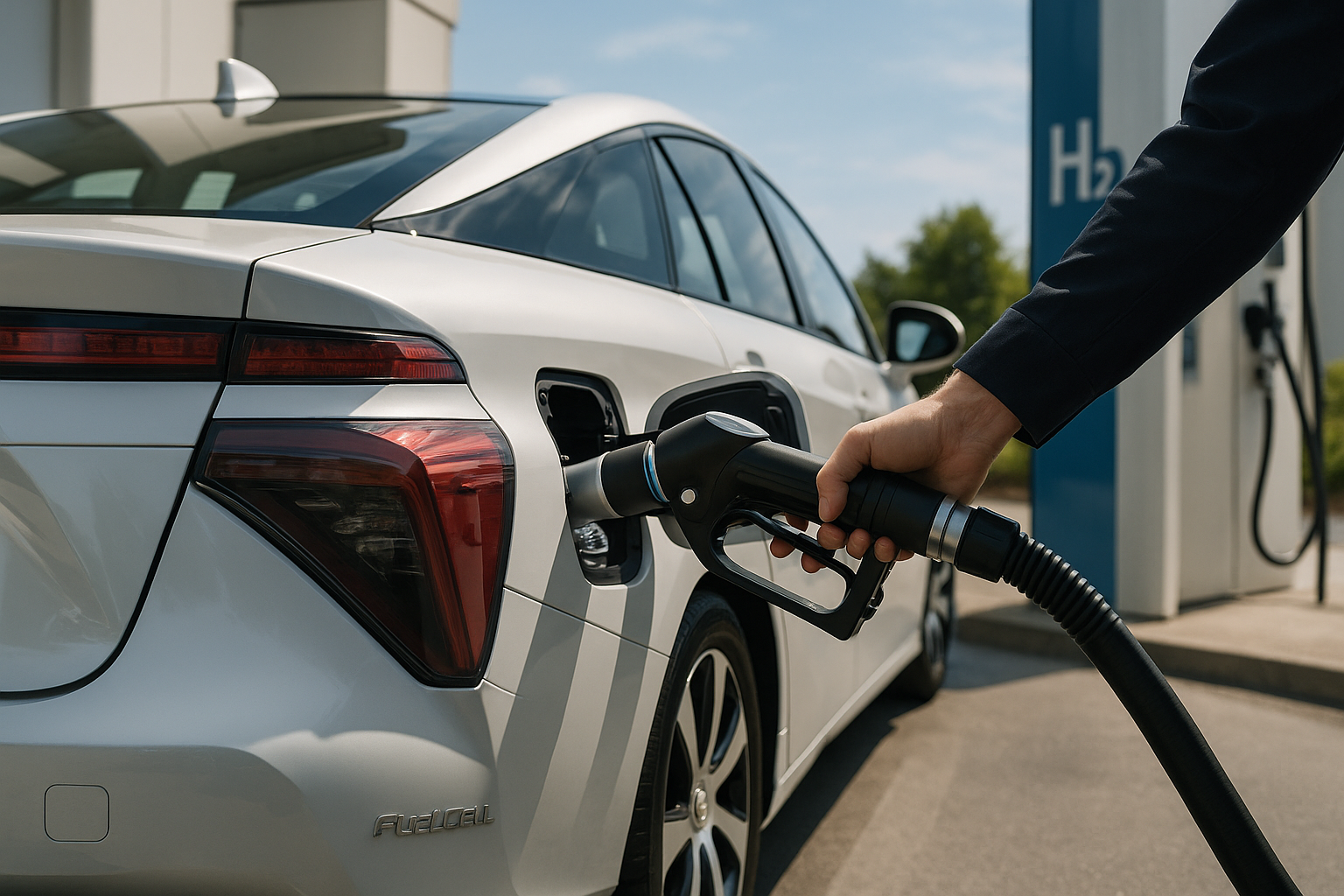Pioneering the Future: A Look at Hydrogen Fuel Cell Cars
Introduction Imagine a world where the cars we drive produce water instead of harmful gases. This isn't a storyline from a science fiction novel, but a reality brought to life by hydrogen fuel cell technology. This article delves into the science behind this innovative technology, its current applications and future potential in the automotive industry.

A Historical Glimpse at Hydrogen Fuel Cell Technology
Fuel cell technology has its roots in the 19th century. Sir William Robert Grove, a Welsh scientist, was the first to develop a rudimentary fuel cell in 1839. However, it took well over a century for the technology to find its practical application. The Apollo space missions in the 1960s showcased the power of fuel cells, using them to provide electricity and water for astronauts. The automotive industry, always at the forefront of technological innovation, began exploring the use of hydrogen fuel cells in vehicles in the late 20th century.
The Science Behind Hydrogen Fuel Cell Cars
The basic principle of a fuel cell vehicle is straightforward. The car carries hydrogen gas onboard, stored in high-pressure tanks. When the driver presses the accelerator, hydrogen gas is fed into a fuel cell stack where it combines with oxygen from the air. This chemical reaction generates electricity, which powers the car’s electric motor. The only byproduct from this process is water, making it an environmentally friendly alternative to traditional combustion engines.
Current Trends and Advancements
Fuel cell cars are not just a distant vision of the future; they’re already on the roads. Major automakers including Toyota, Honda, and Hyundai have launched hydrogen-powered vehicles in select markets. However, the high cost of these vehicles and the lack of hydrogen refueling infrastructure have so far limited their widespread adoption.
But the tides are changing. Technological advancements are driving down costs, and governments worldwide are investing in hydrogen infrastructure as part of their efforts to transition to a green economy.
The Impact of Hydrogen Fuel Cell Cars
The benefits of hydrogen fuel cell cars are clear. They offer zero-emission driving, fast refueling times, and long driving ranges, similar to conventional vehicles. However, challenges remain. Hydrogen production is currently energy-intensive and often relies on natural gas, negating some of the environmental benefits. Additionally, building a comprehensive hydrogen refueling network is a significant undertaking.
Future Potential and Conclusions
Despite the challenges, the future of hydrogen fuel cell cars looks promising. With ongoing advancements in renewable hydrogen production and supportive government policies, hydrogen could play a vital role in the future of sustainable mobility. The next decade will undoubtedly be a pivotal time for this technology as the world races towards a cleaner, greener future.
In conclusion, hydrogen fuel cell cars represent an exciting chapter in the narrative of automotive innovation. They offer a compelling vision of a world where our cars produce water instead of harmful emissions, bringing us one step closer to a truly sustainable future.






